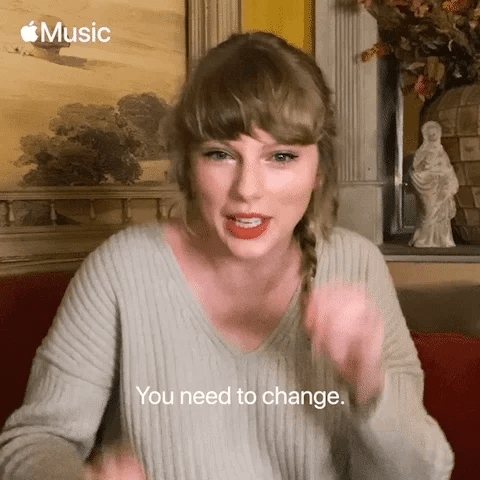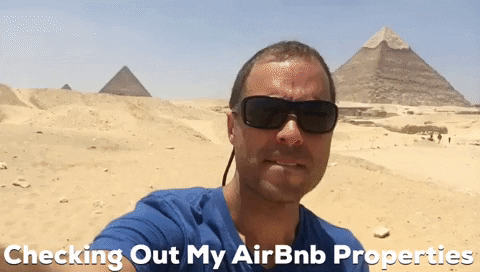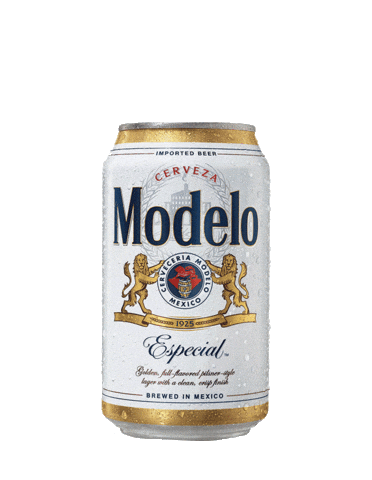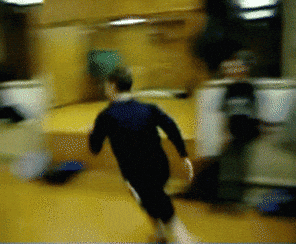I write about it and talk about it but let’s take action and look at some real world examples.
Brands are increasingly shifting their focus from an over reliance on performance marketing to a more optimal balance with brand marketing. I wrote about it here and so have a load of others. By building emotional relationships with customers they increase brand awareness and create a runway for performance marketing campaigns to land.
I want to do more than talk about it though so here are specific examples and resources for how to go about it. Hopefully this article is a shareable reference within your company/network to progress this idea to an implementation stage. Let’s get to a place where we’re talking about a brand renaissance within running specifically.
Last week I shared a screenshot of an article from Digiday on Instagram. The article uses Nike as the obvious headline which likely clicks but the title is “Nike’s move to brand thinking over quick wins shows boardrooms are relearning patience”. It cites Nike CFO Matthew Friend who called for “bigger, bolder brand storytelling”. You read that right - their CFO said that. The article then dives into other examples outside of Nike that I didn’t know about but found fascinating:
JCPenny brought on the former Taco Bell CMO with an edict for “brand reinvigoration”.
Unilever dropped $700m into brand marketing in Q2 alone. WOW. In July the CEO linked that investment to “high-quality sales growth”.
Hyundai abolished its CMO role and separated performance and creative. They moved performance to sales and hired a Chief Creative Officer over brand.
Chubbies
Preston Rutherford is the Co-Founder at menswear brand Chubbies. Their brand got into deep financial trouble through an over reliance on performance marketing. Preston is a great follow on LinkedIn for actual conversations and strategies about how they are digging themselves out. Here is one post (of many) I had saved.
In this particular post Preston describes 3 steps they used to transition from 100% direct response marketing to a balance of brand and direct response:
Find a true baseline for your KPIs. Find % of total revenue that comes from the resilient base of organic traffic. Remove spikes from emails, discounts or new product launches. Remove what's caused by your paid efforts.
Start with the tactics that are the smallest departure from existing. Distribute the high performing organic content pieces in conversion ad sets (brandify your direct reponse to start).
Make structural changes to your process. Create an evergreen machine of consistent investment in brand to support direct response with the capability to create content coupled with data to know when, where and how to distribute it.
Here is another case study Preston references about the 18-month journey of the medical scrubs brand FIGS. Good stuff here.
HBR
Earlier this summer I had bookmarked a very detailed Harvard Business Review article that goes very deep into how brand and performance can work together. It starts with a couple intriguing lines:
The CEO of a B2C/B2B tech company said, “We are great at performance marketing, but our brand sucks.”
Executives at a global electronics giant told us that performance marketing had taken over their marketing budget and that they had lost their “brand narrative.”
The article describes how to create the right metrics for proper measurement of brand and performance. They make the case that brand is more measurable than we think and performance is actually less measurable. Interesting. They discuss how pitting the two against each other in a competition for budget stymies both of their effectiveness. They cite several examples of specific cases from anonymous brands.
The article recommends using a FRMU acronym to measure brand equity.
“We recommend measuring it as a composite of four key elements: familiarity, the degree to which consumers feel they know and understand a brand, beyond just being aware of its existence; regard, how much consumers like and respect a brand; meaning, the relevance that consumers perceive a brand has to their lives; and uniqueness, the differentiation that consumers see in a brand.”
“The emerging field of neuroeconomics tells us that such emotions account for more than 90% of consumer decision-making. They have an enormous impact on choice, consumption, usage, price sensitivity, repeat purchases, and referrals, and drive a brand’s contribution to financial growth.”
AirBnb
AirBnb made the adjustment to its strategy a few years ago so it’s not the most current example BUT it has the added advantage of being able to show us how it played out. A Wall Street Journal article from Nov 2022 says their strategy involved slashing advertising spending, investing in brand marketing and lessening its reliance on search-engine marketing. Starting back in late 2019 they decided to cut back on search advertising and lean into broad marketing campaigns. In Q1 2021 their sales and marketing expenses dropped 28% led by a drop in performance marketing spend.
The article states, “They don’t seem to have these two competing priorities. They are actively integrating both.” when speaking about brand and performance marketing.
“We think of performance marketing as more of a way to laser in to balance supply and demand rather than a way to just purchase a large amount of customers,” - AirBnB CEO Brian Chesky
The Drum published an interview with the Airbnb CMO where they chat about AirBnBs successful refocus on brand.
“Pre-pandemic, Airbnb’s marketing strategy was primarily performance-driven, with much of the brand’s marketing budget dedicated to digital advertising. But when the pandemic flipped the business on its head, performance marketing wasn’t delivering what the brand needed.”
The article cites that in Feb 2023 AirBnb’s revenue jumped 24% YOY.
Much like Preston Rutherford’s earlier note to create internal capability for content creation, Airbnb ramped up its own in-house creative team. “I think you get a much better creative product when you have the people that create the advertising sitting literally right next to the people that make the product.”
“I really think people with a creative background get shortchanged working on the service side – I think amazing work happens out of agencies, but I think for creative to grow, they really need to be exposed to everything that happens upstream … and everything that happens downstream. Being in-house really gives you that visibility in that breath. Ultimately, it makes you a better designer, makes you a better art director, makes you a better writer.”
He goes on to point out the importance of a creative mindset at the top of the organization. “The reason it works for Airbnb is because we have creative founders and creative leaders. Our CEO was trained as a designer, so he has a unique understanding of the creative process and can champion it and make it work and he is really involved in the work.”
I checked back in on the brand and most currently their Q2 2024 revenue came in at $2.75 billion, up 11% year-over-year.
Modelo
A final example here is Modelo. The new king of the US beer brands isn’t even a US brand at all. Modelo jumped to the top of the charts and Forbes wrote about it. The brand invested in “a strong brand campaign that drove strong engagement activity in the form of consideration and intent-indicating behaviors like branded searches, site visits and app usage.”
Modelo used a share of search metric to gauge their success with the Fighting Spirit campaign.
“Rather than treating branding and performance tactics as diametrically opposed, smart advertisers in the beer industry and other verticals will look to use them in a complementary fashion.”
The Jump to Running
So based on all of this, what do we see in running? Which brands have found their balance? How have they gone about it?
We see the macro factors that I hear brands are facing:
The digital advertising marketplace is becoming more crowded and expensive.
Return on ad spend (ROAS) has become tougher to achieve.
Brands need to build emotional connections with customers to create long-lasting relationships.
The examples above show us several ideas to go about making the switch.
A creative focus from leadership - one example installed a chief creative officer others had a focus at the CEO level.
A reset of KPIs - revenue from organic traffic, brand equity, share of search
A high performing internal creative team
So let’s talk next time about how these shifts are happening in running.
How often is there a creative focus from leadership? How do you instill that mindset at the top?
We typically see run marketing structured around distribution channels ie. direct, retail, wholesale. Is there a different approach?
Which KPIs are most often used? Who is using something new/different?
Who has created the new gold standard for an internal creative team?
I would love to dive deeper within running specifically and discuss a case study.
So, who wants to talk about it? We can chat anonymously if you’d prefer. Let’s dive into your brand, the current situation and future direction.
Who has some specific examples or answers for any of the questions above?
I will be at TRE in November and would be excited to meet with anyone to chat about not only your situation specifically but also lead the conversation within the wider industry.
Hit me up, send me recs and ideas. Let’s chat.













